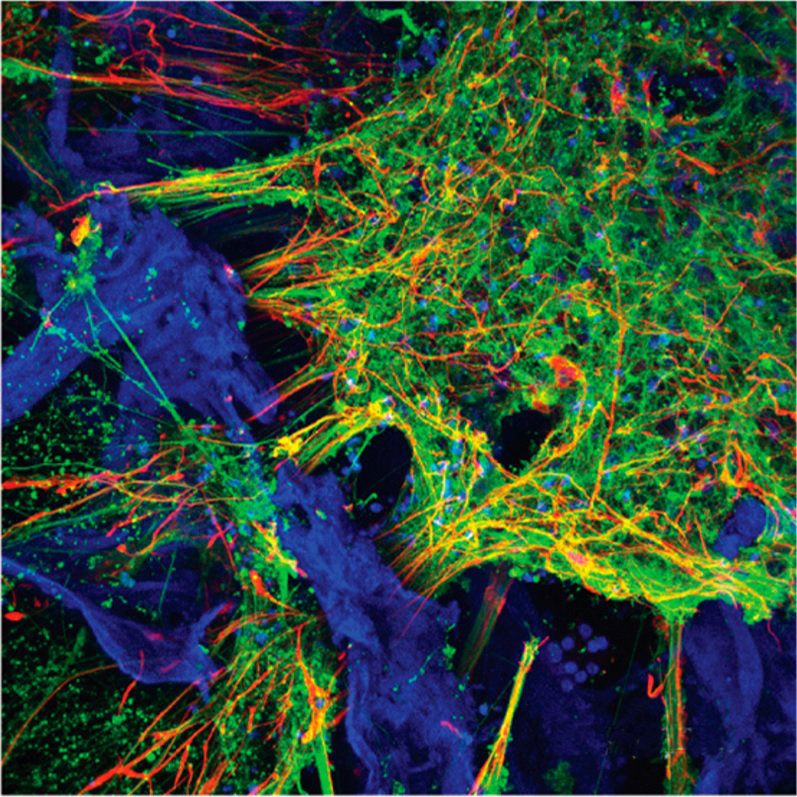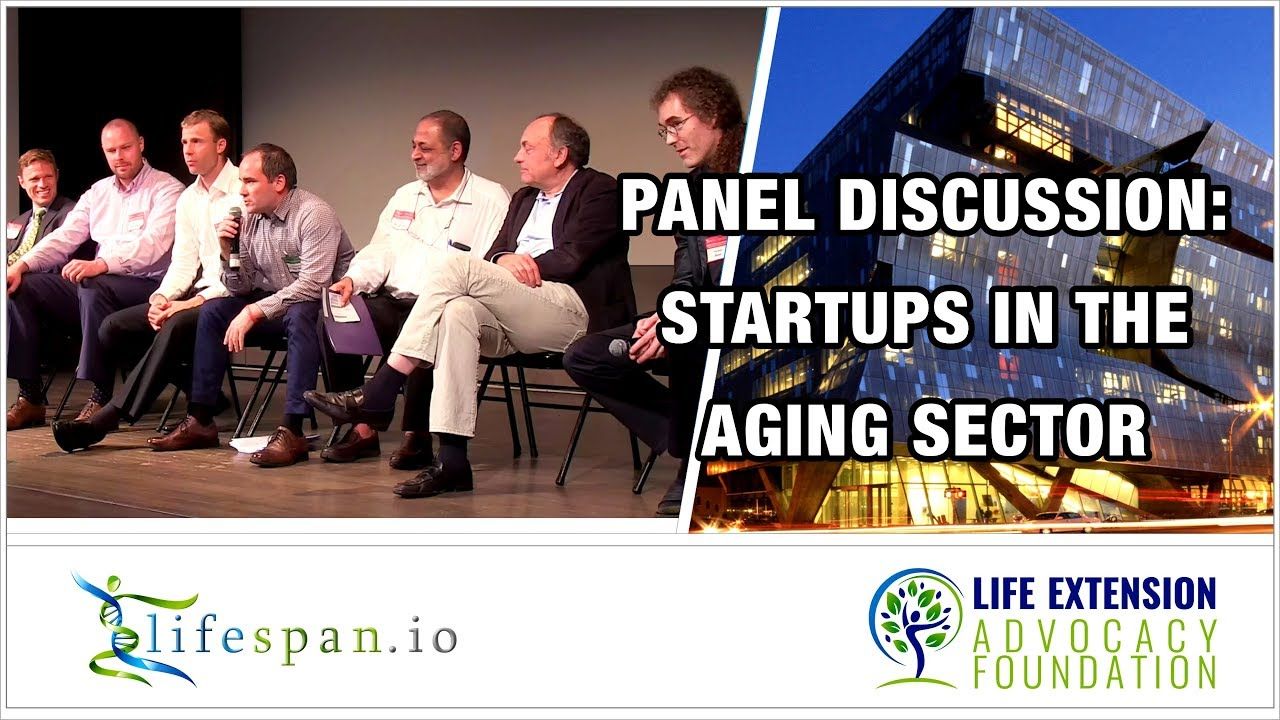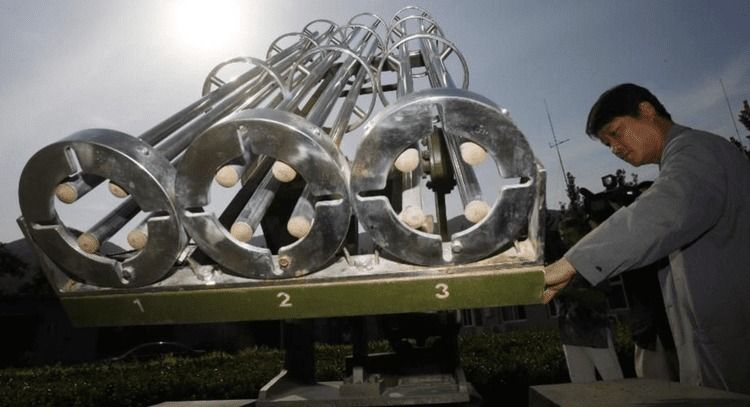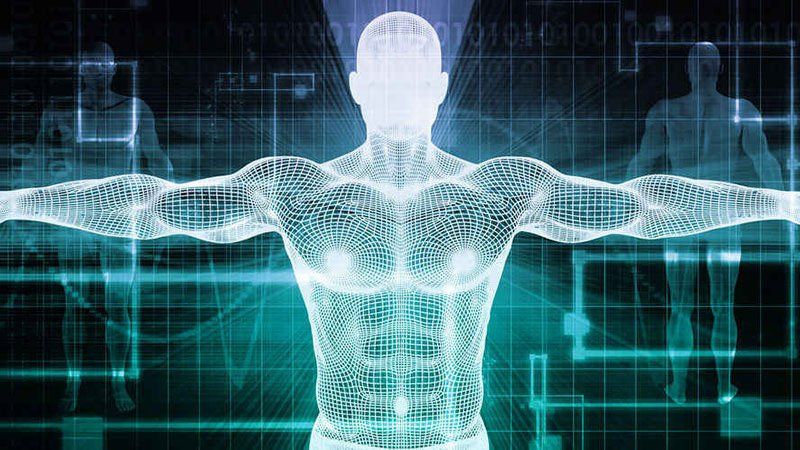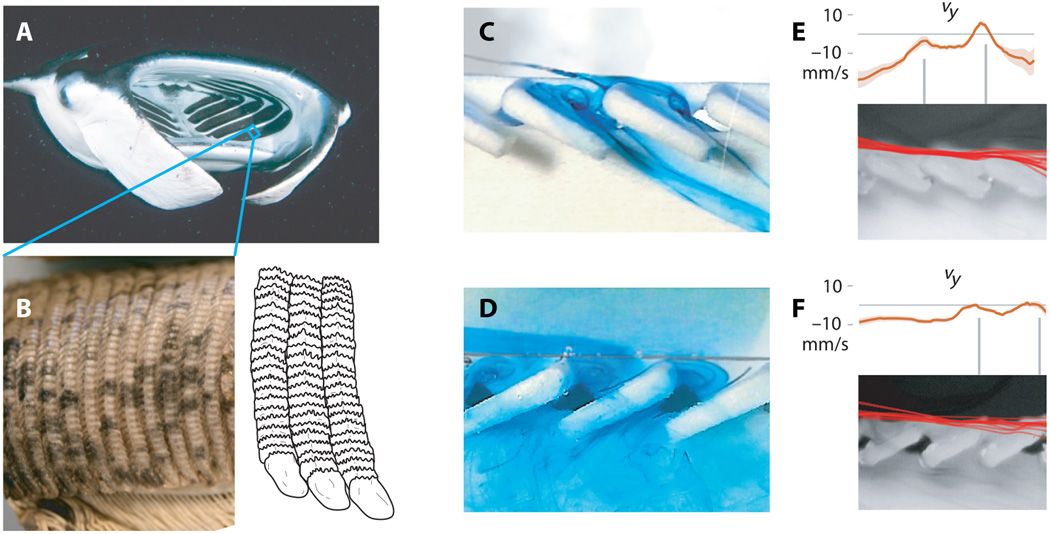
Solid-liquid filtration is a ubiquitous process found in industrial and biological systems. Although implementations vary widely, almost all filtration systems are based on a small set of fundamental separation mechanisms, including sieve, cross-flow, hydrosol, and cyclonic separation. Anatomical studies showed that manta rays have a highly specialized filter-feeding apparatus that does not resemble previously described filtration systems. We examined the fluid flow around the manta filter-feeding apparatus using a combination of physical modeling and computational fluid dynamics. Our results indicate that manta rays use a unique solid-fluid separation mechanism in which direct interception of particles with wing-like structures causes particles to “ricochet” away from the filter pores. This filtration mechanism separates particles smaller than the pore size, allows high flow rates, and resists clogging.
Several fundamental mechanisms for solid-fluid separation have been described in the biological and engineering literature, including sieve (1, 2), cross-flow (3–6), hydrosol , and cyclonic separation. Sieve filtration passes a mixture of particles and fluid through a structure with regularly sized pores, causing the particles to be retained while the fluid is drained. Although effective, sieve filters must have pore sizes smaller than the particle size, and they inevitably clog in use (2, 8, 9). Cross-flow filtration is similar to sieving, except that the incoming flow runs parallel rather than perpendicular to the filter. This configuration shears captured particles off the filter’s surface, which reduces but does not eliminate clogging (5, 6). Unlike sieve and cross-flow filters, hydrosol and cyclonic filtration do not require regularly sized pores.
Read more




